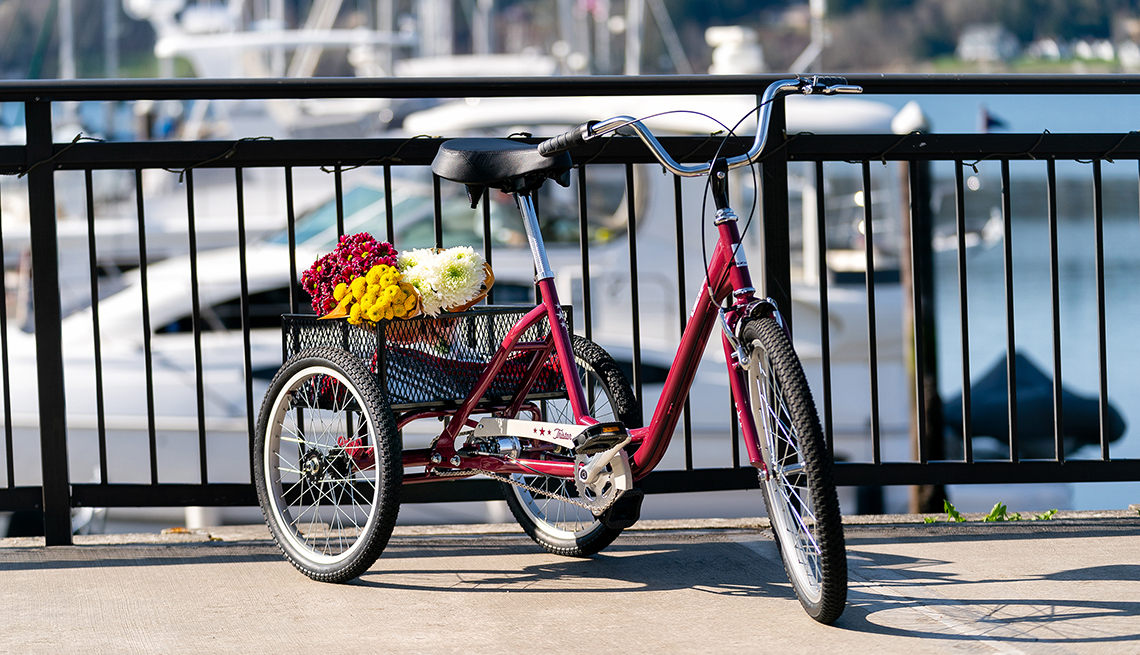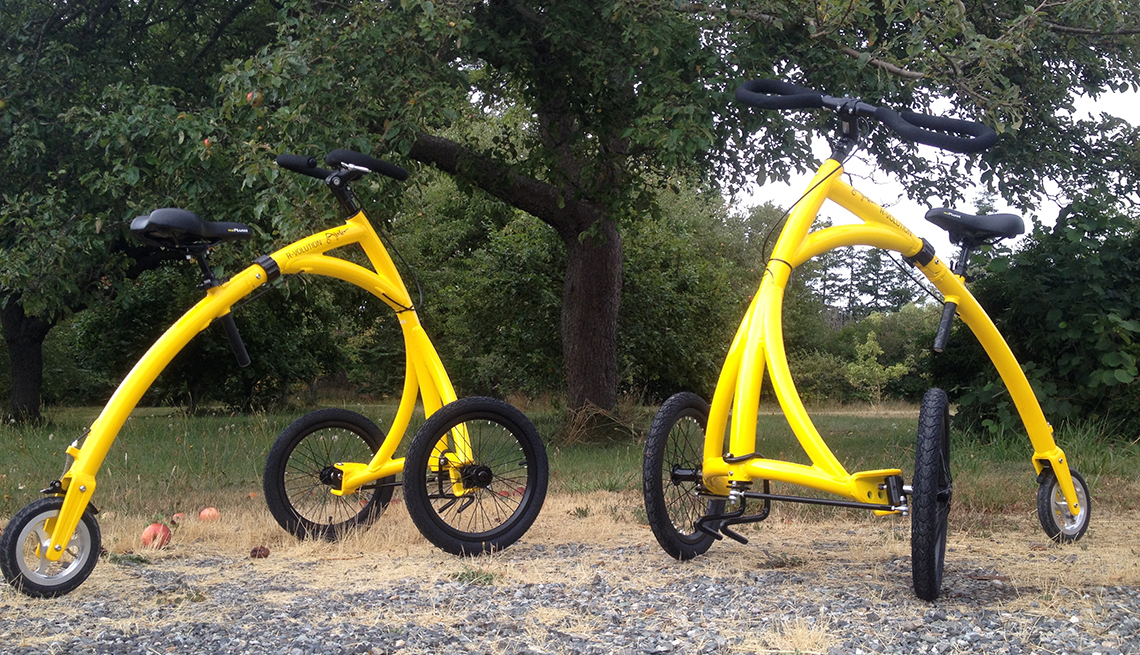A Bike for Every Rider
From new 'walking bikes' to trikes and recumbent styles, there are models to suit a variety of tastes — and mobility issues
En español | When German inventor Karl Freiherr von Drais introduced the first bicycle some 200 years ago, his two-wheeled Laufmaschine wasn't cheap: It cost 40 guilders, or more than the average worker's annual salary. It also didn't have any pedals. You propelled his “running machine” with your feet.
For its clever modern-day cousin, the Alinker, designed by Dutch inventor Barbara Alink, you'll also pay a premium and make do without pedals. That's because Alink dreamed up her sleek “walking bike” so people with mobility issues can remain active in a safe way today.
When it comes to bicycles, safety has always been an issue. After the accident-inducing early bike known as the penny-farthing (with the huge front wheel and small rear wheel), the next model to capture the world's attention was called the safety bicycle. This 1880s invention — the precursor of the modern bicycle — helped riders stay upright by utilizing two groundbreaking ideas: two same-size wheels and pedals that cranked a chain to propel the back one.
Today's bicycles (and tricycles) are built with safety and pleasure in mind — and there's enough variety on the market these days to find one that suits nearly everyone. Sure, you may pay a pretty penny (and a farthing or two), but the right bike can be a worthwhile investment in your health and well-being for years to come.
AARP Membership -Join AARP for just $15 for your first year when you enroll in automatic renewal
Join today and save 25% off the standard annual rate. Get instant access to discounts, programs, services, and the information you need to benefit every area of your life.
- |
- Photos






